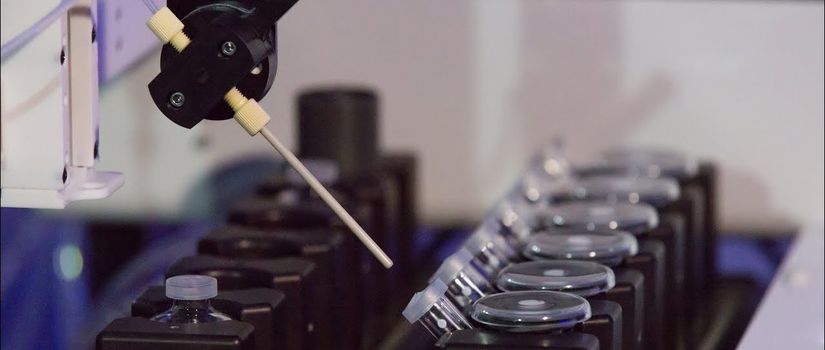
El setembre de 2018, la FDA va revisar l’estat dels productes genèrics tòpics i les seves perspectives de futur en una conferència de dos dies sobre el taller de desenvolupament de productes farmacèutics genèrics complexos.
Un any abans, a l’octubre de 2017, la FDA va celebrar un taller previ sobre medicaments genèrics dermatològics tòpics. A continuació, trobareu les principals idees discutides durant la conferència sobre la prova de rendiment in vitro amb cèl·lules de Franz.
Què hi ha a la referència que s’ha de duplicar en el genèric perquè sigui realment equivalent?
The only difference between the generic and the brand product should be the price; then, the generic must demonstrate to be bioequivalent to the reference. Bioequivalence is the absence of a significant difference in the rate and extent to which the active ingredient become available at the site of action.
What do regulators look at in Generic products?
Regulators look at 2 things: Bioequivalence (to show the performance and the physiologic system will be the same as the reference); and Pharmaceutical equivalence (the same safety and efficacy profile). The substitutability of a generic is based on the similarity, the criterion is the demonstration of a shared identity with the referenced product.
Bioequivalence may be demonstrated via Clinical endpoint study; however, it is not sensitive and it requires many subjects. For topical products is difficult to measure Pharmacokinetics. Systemic decay (pharmacokinetics) doesn’t always represent the site of action.
Even if there is a significant systemic absorption there is no assurance that the pharmacokinetics are relevant to the therapeutic effect at the topical site, because of product complexity. Formulations having the same qualitative composition may result in different functioning product.
Is there any alternative approach?
New technologies are available to provide valid approaches for topical generic product equivalents.
- Microdialysis
- Open-Flow Microperfusion
- In vitro release test (IVRT) and in vitro permeation test (IVPT).
Agency seeks to develop well research scientifically-based regulatory standards. An in vitro pathway encompasses Q1, Q2 and Q3 sameness. It is assumed that when a product is Q1/Q2 the same and there is Q3 sameness, it is almost impossible to behave differently. Thus, it is likely considered to be bioequivalent.
In this regard, several research groups have been collaborating in the recent past years studying the bioequivalence of Acyclovir cream performed by the alternative methods, resulting in a Draft Guidance on Acyclovir (FDA, rev. 2016). The methodology and results obtained by these groups were shared and discussed in the workshop.
Briefly, IVPT is a sensitive, discriminating and reproducible. However, it is needed to stablish bioequivalent standards. And it is necessary to standard procedures for IVPT method development and validation.
The pilot study is addressed to know the number of donors for the pivotal study. Skin integrity should be shown for every skin section; and skin from multiple donors should be included (at least four replicates per donor and treatment group). A parallel assessment with a 3rd formulation different from the RLD should be performed to show selectivity.
The duration of the IVPT should be the sufficient to identify the maximum flux and a decline in flux thereafter across subsequent time points. One non-dosed control skin section from each donor should be included in the pivotal study. As well as, a pre-dose zero sample from each diffusion cell.
Key points of the in vitro tests for bioequivalence studies:
| IVRT | IVPT |
| Synthetic membrane | Human skin |
| Infinite dose | Finite dose |
| Occluded conditions | Unoccluded conditions |
| Release rates | Flux profile |
| Relative consistency | Donor variability |
| Alcoholic media | Physiological media |
| Receptor fluid media bases in linearity and drug stability | Selection based on solubility of the drug in the medium |
Take-home notes:
- Currently, clinical endpoint studies are conducted to demonstrate bioequivalence; but, they are long and expensive.
- Microstructural characteristics could significantly influence formulation performance.
- IVPT is an excellent tool to assist viability and bioequivalence of a product.
> Learn more about our services in bioequivalence studies.

